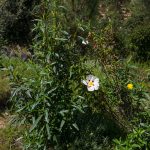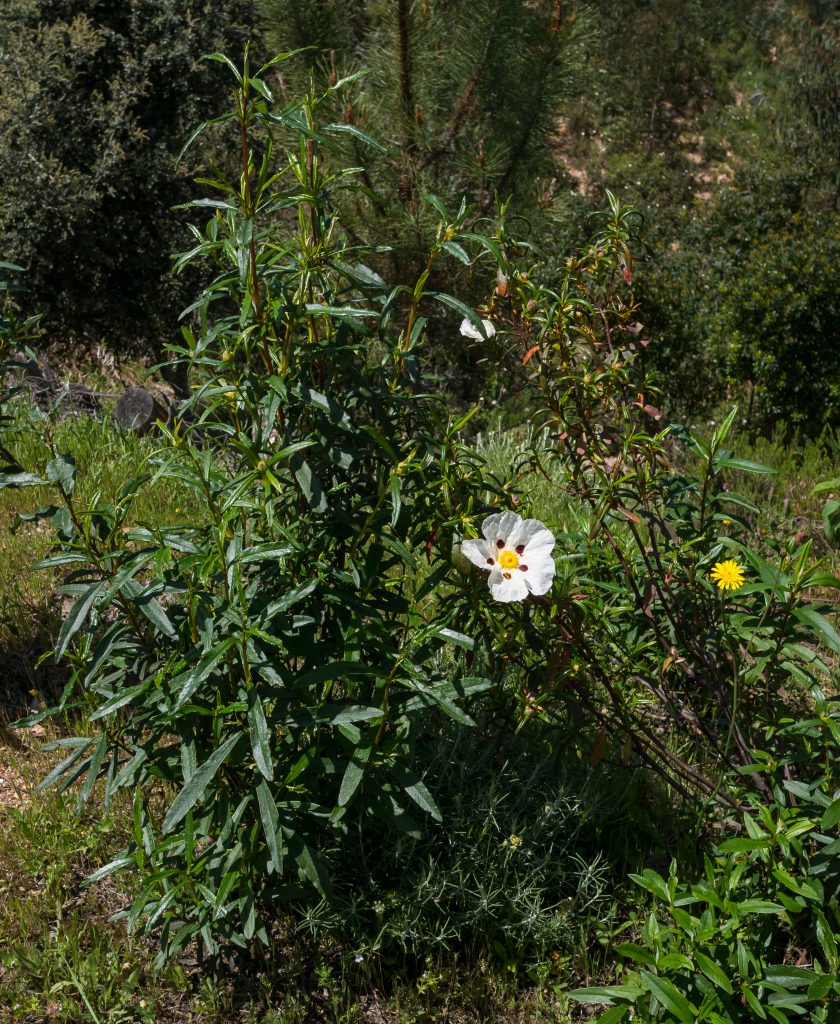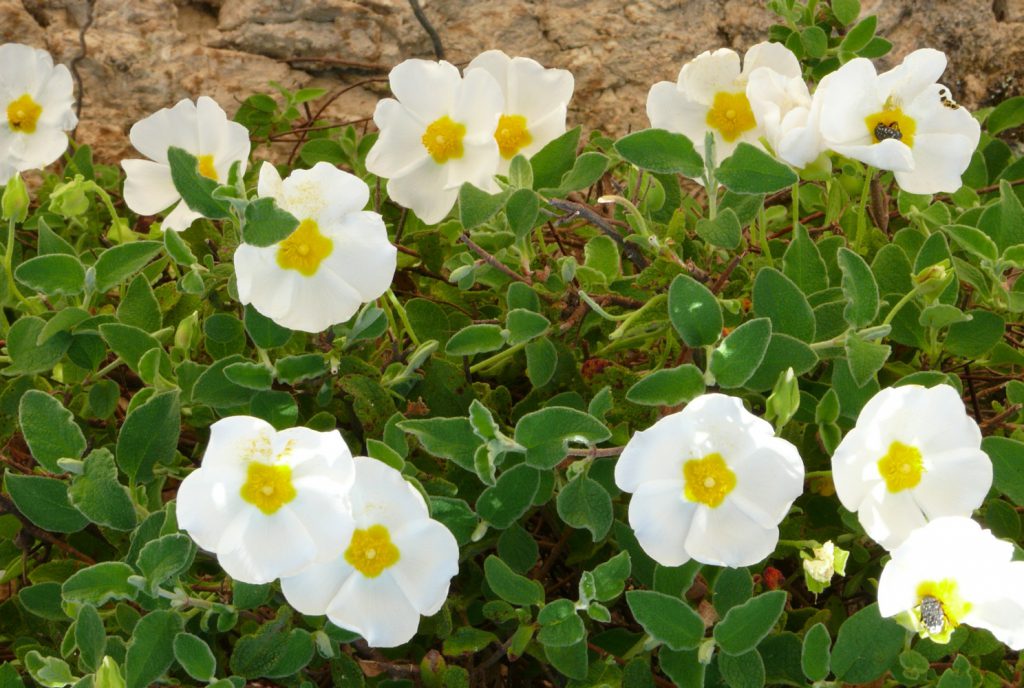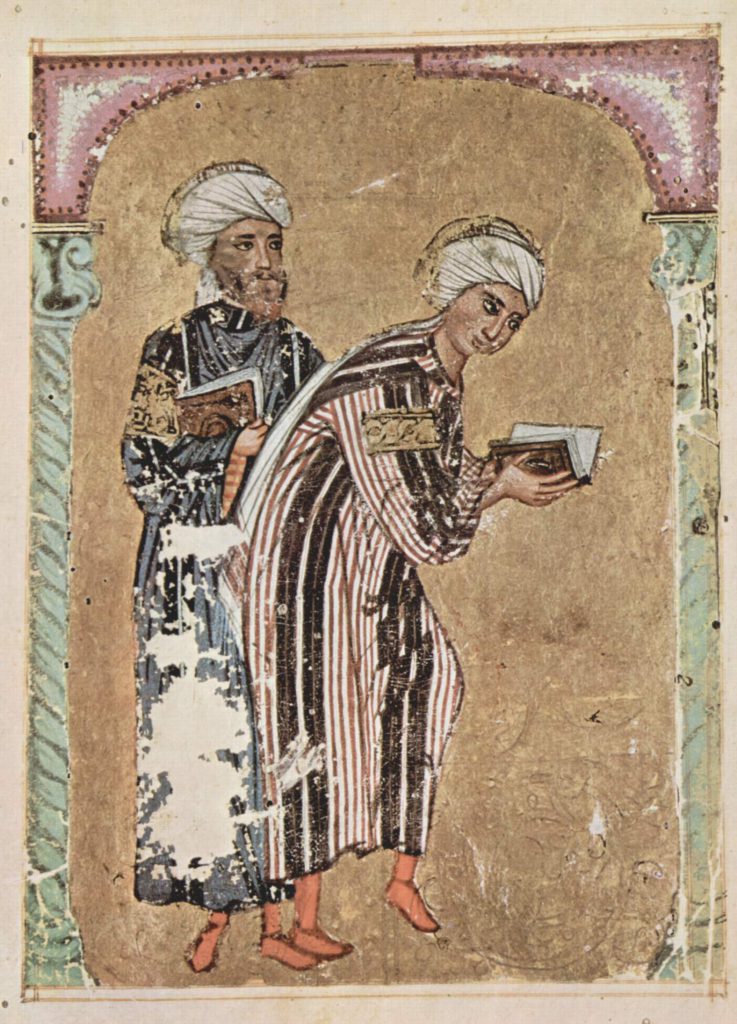 Labdanum, also called ladanum, laudanum, ladan or ladanon, is a sticky brown resin obtained from the shrubs Cistus ladanifer (western Mediterranean) and Cistus creticus (eastern Mediterranean), species of rockrose. It has a long history of use in herbal medicine and as a perfume ingredient.
Labdanum, also called ladanum, laudanum, ladan or ladanon, is a sticky brown resin obtained from the shrubs Cistus ladanifer (western Mediterranean) and Cistus creticus (eastern Mediterranean), species of rockrose. It has a long history of use in herbal medicine and as a perfume ingredient.

In ancient times, labdanum was collected by combing the beards and thighs of goats and sheep that had grazed on the cistus shrubs. The resin was used as an ingredient for incense and as a medicine. Ladanum was produced on the banks of the Mediterranean in antiquity. The Book of Genesis contains two mentions of ladanum being carried to Egypt from Palestine. Labdanum is produced today mainly for the perfume industry. The raw gum is a black or sometimes dark brown, fragrant mass containing up to 20% or more of water. It is plastic but not pourable, and becomes brittle with age.

The absolute is dark amber-green and very thick at room temperature. The fragrance is more refined than the raw resin. The odour is very rich, complex and tenacious. Labdanum is much valued in perfumery because of its resemblance to ambergris, which has been banned from use in many countries because it originates from the sperm whale, which is an endangered species. Labdanum is the main ingredient used when making the scent of amber in perfumery. Labdanum’s odour is variously described as amber, animalic, sweet, woody, ambergris, dry musk, or leathery.




 Deutsch
Deutsch